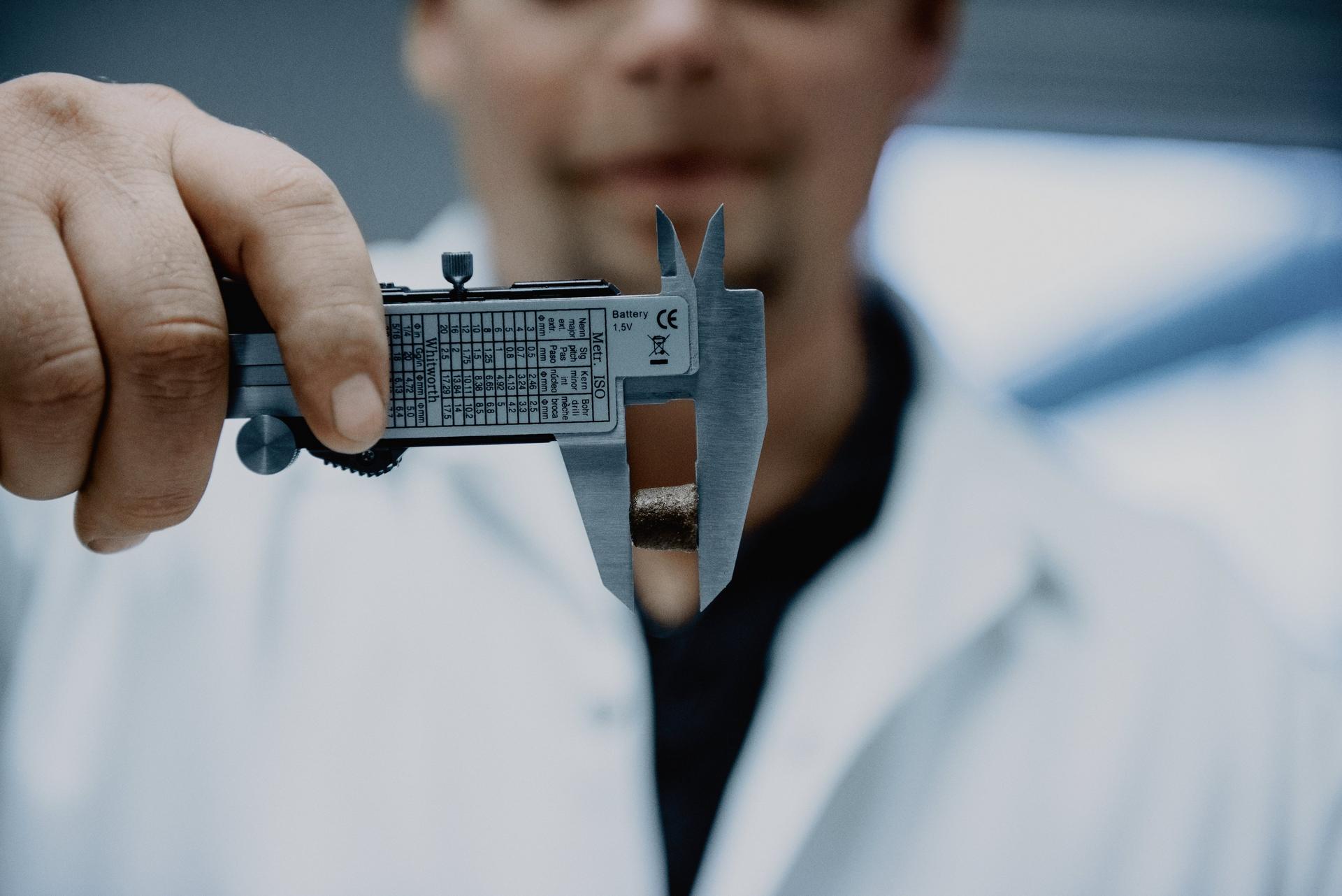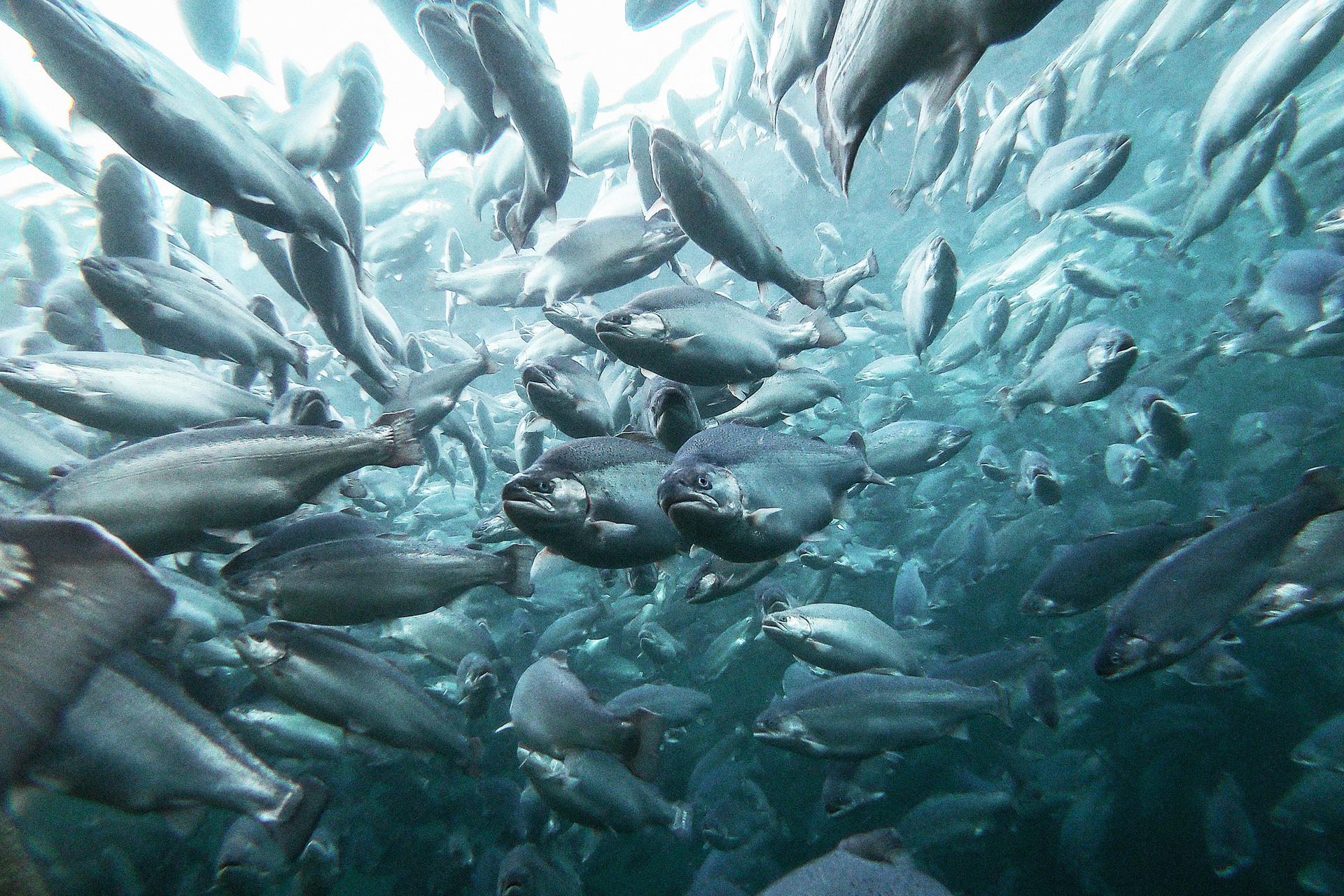- Fællesskab
- Klimaindsats
Pioneering the transformation in aquaculture feeds
The BioMar feed factory in Denmark in the finals for the German Sustainability Award 2025. An independent expert panel has acknowledged BioMar A/S, Denmark, for its efforts as a frontrunner in the development of sustainable aquaculture feed solutions and voted BioMar to the final of the 18th German Sustainability Award













